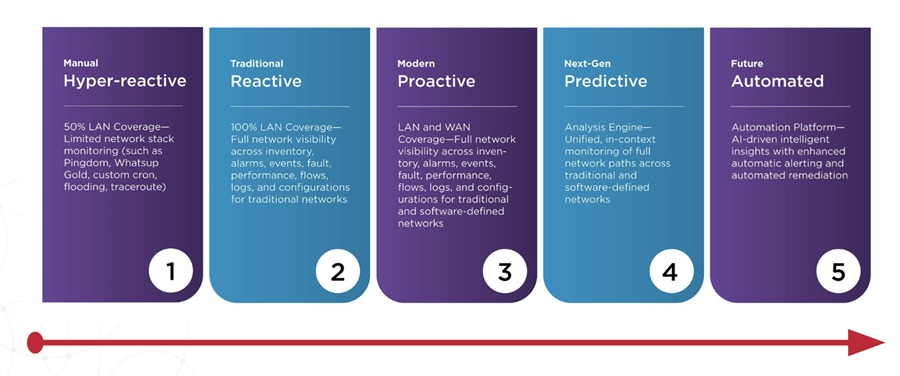Enterprises with services operating in the cloud are overspending by millions due to inefficiencies with their apps and runtime environments, according to a poll conducted by Lead to Market, and commissioned by Opsani.
69 Percent of respondents report regularly overspending on their cloud budget by 25 percent or more, leading to a loss of millions on unnecessary cloud spend. Respondents were a mix of 100 companies using the leading public clouds — AWS, Azure, and Google — internal clouds, and "others," that were verified as spending more than $5 million annually on the cloud.
Gartner predicts that by 2022 overall cloud spend will reach more than $330 billion. Current estimates reveal that, even now, billions of this is the result of needless and wasted outlay. Why? Because resources are over-provisioned in order to buy peace of mind, and performance tuning is only happening in scenarios when an SLA isn't met, instead of continuously, as new code is released.
Of the poll respondents, 45 percent are releasing software in weekly, daily or hourly sprints. 65 percent of these companies plan on deploying their mainstream production applications on containers within the next 12 months. However, despite this trend toward DevOps and microservices, only 43 percent of respondents are confident their applications are running efficiently in the cloud, which leads to sub-par user experiences and over-paying for unneeded resources.
Modern enterprises are neglecting the post-release portion of the delivery pipeline — continuous optimization of live cloud apps and their environments.
Survey respondents indicated that:
■ 49 percent cite improving application performance as the most important priority for their organization.
■ 54 percent report that their organization has only optimized their application stack in the event of an emergency.
■ 48 percent point to manual time-consuming processes as the biggest hurdle to application optimization due to complexity; even a simple five container application can have more than 255-trillion resource and basic parameter permutations. It's beyond human scale.
Polled companies were also asked what their biggest priorities were for DevOps moving forward. Options were: reducing cloud spend by more than 30 percent, improving application performance by more than 20 percent, or accelerating release cycles by more than 200 percent:
■ Reducing cloud spend by more than 30%: 39 percent of respondents
■ Getting 20% better app performance: 32 percent of respondents
■ Accelerating release cycles by more than 200%: 23 percent of respondents
And overspending for cloud apps only goes up as services get traction. Take a company currently spending $50mm on the cloud. If it's growing at 20 percent year-on-year, the total cloud spend will be more than $372mm over the next five years. 20 percent of that $372mm is unnecessary spend — that's more than $60mm in overspend.
"Modern enterprises are using the cloud to reduce the costs of operating data centers, scale exponentially, bring value-added services online faster and more efficiently, and enjoy the flexibility of using resources as needed," said Ross Schibler, co-founder and CEO, Opsani. "But, operating in the cloud comes with costs that, if not managed continuously, can climb fast due to over provisioning and a lack of visibility into how live applications are affected by the CI/CD toolchain. Even small changes to live code disrupt tuned applications that lead to weak performance and higher costs."


